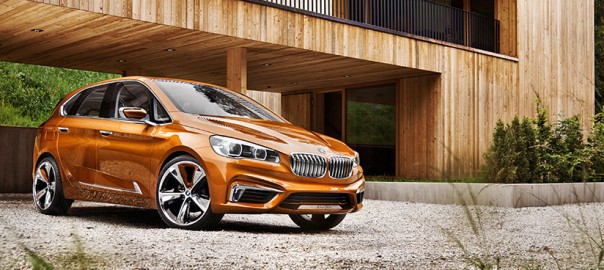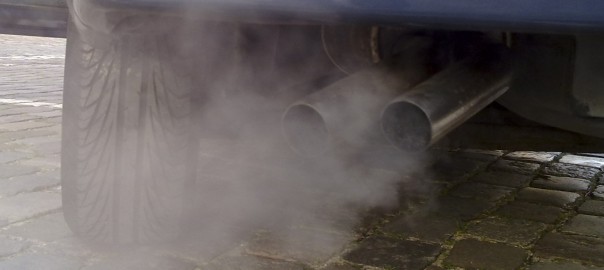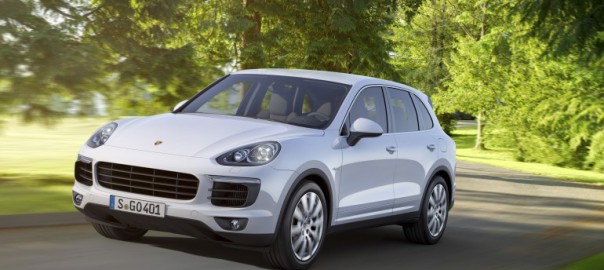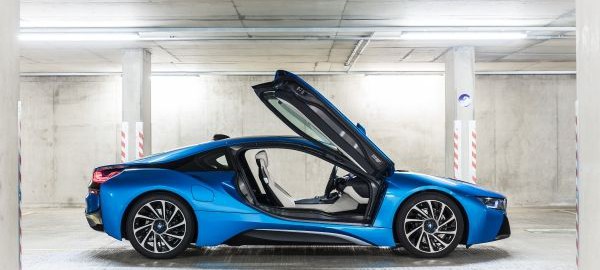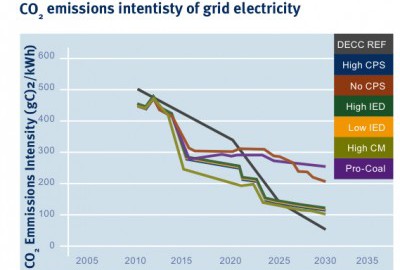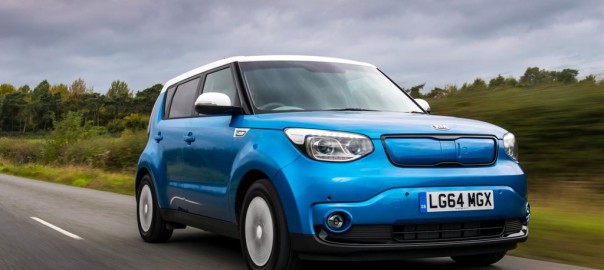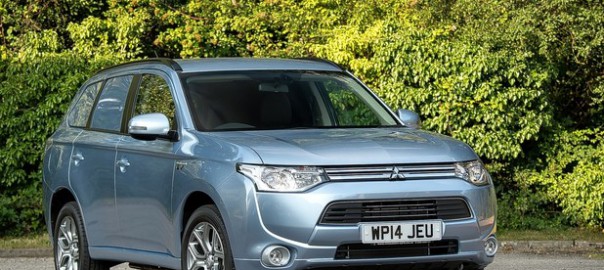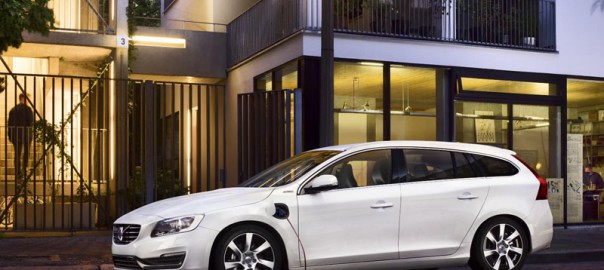Carbon-dioxide emissions have documented negative effects at a planetary level–but could the other gases coming out of vehicle tailpipes be as hazardous to overall public health in total as car accidents are?
In the public discourse to date, the answer has previously seemed to be “no.” Emissions generally aren’t discussed in terms of individual deaths, but rather in the context of climate change or as a contributing factor to specific illnesses.
Now, researcher David Levinson suggests the answer is not that simple. In a post on his blog Transportationist, he argues that the impact of crash-related and emissions-related deaths could be roughly comparable, depending on how you crunch the numbers.
More deaths from air pollution
Levinson cited data from the 2010 Global Burden of Disease Study, which found that 36 deaths per 100,000 were attributable to air pollution, compared to 15 for road and transportation-related injuries–the vast majority of which involve cars.
In this case, air pollution is defined as fine particulate matter and ozone only, but the study does not differentiate between transportation-related emissions and other sources.
However, as Levinson’s colleague Julian Marshall noted in the same post, it’s hard to attribute a death to air pollution.
Pollution doesn’t appear as a cause on death certificates–it’s inferred by looking at higher instances of events like heart attacks in areas with high levels of pollution–and tracking an air pollution-related death to a specific source is even more difficult.
In addition, the 2010 study found that transportation-related injuries were responsible for more years of life lost than air pollution–653 per 100,000 people, compared to 565.
That’s because fatal car crashes tend to involve younger people, so they shorten lives more dramatically.
A matter of perspective
Eric Jaffe at CityLab came to largely the same conclusions–finding a larger apparent number of air-pollution-related deaths under a somewhat non-specific definition, but with car crashes cutting lives shorter.
He said the two problems could be “more on par than we typically treat them.”
Following that argument, automotive emissions should be viewed in the same category as traffic deaths–but the link between cause and effect isn’t as apparent.
Air pollution caused by emissions is already linked to respiratory illnesses.
Recently, a new study from the Columbia Center for Children’s Environmental Health (via Gothamist) found that it may also be linked to ADHD in children.
The study found a higher instance of ADHD-like symptoms in children exposed to polycyclic aromatic hydrocarbons (PAH), a byproduct of burning fossil fuels.
It shows the need to curtail emissions from burning hydrocarbon fuels overall, but it also demonstrates how varied their effects on health and lifespan can be.
That sharply contrasts with the immediate and grimly apparent toll of car crashes.
